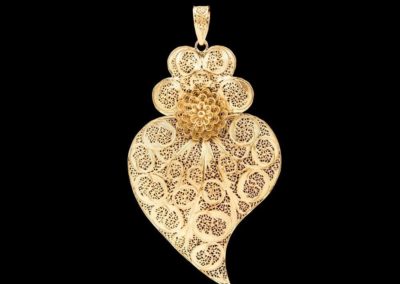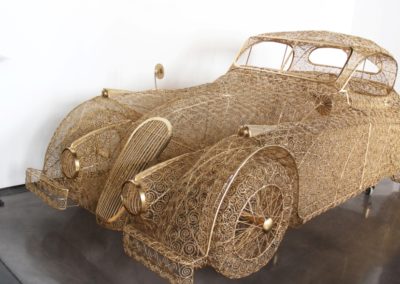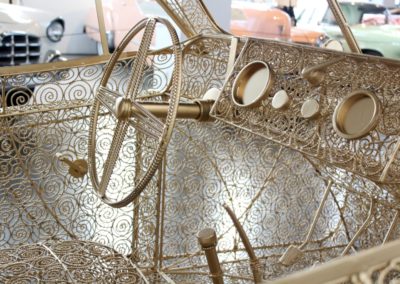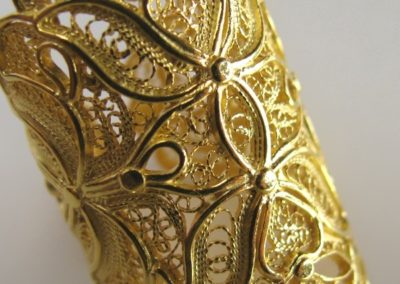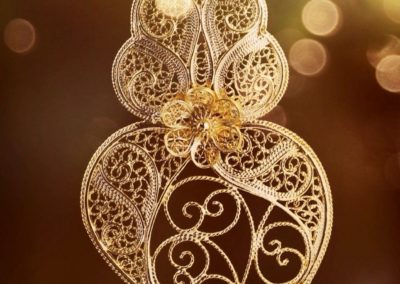Portuguese Jewellery and Filigrana
Jewellery is an ancient Portuguese tradition, an art that has spread along with the history of Portugal.
The 9th century is the first date that historians are able to claim with certainty that filigree was being developed and produced in Portugal.
It was with the arrival of the Arabs that new design patterns appeared and that, little by little, the filigree of the Peninsula began to differentiate itself from the filigree of other parts of the world.
During the maritime epics of the 15th century, gold from Brazil, diamonds from Angola and other precious materials, were part of the routes of raw materials that were brought from the East to Portugal.
These materials were used by goldsmiths in jewellery and religious art.
The 18th century was the most important age for Brazilian gold and Portuguese jewellery became even richer, producing pieces of luxury art, making the art of master goldsmiths highly valued.
Goldsmiths started to have a high social status and a great reputation and influence with the European aristocracy.
The tradition of Portuguese jewellery remains today with the various contemporary designers presenting their recent collections, with many diverse inspirations.
Follow us on social media to find out the latest trends in Portuguese Jewellery.
For bespoke cultural and shopping services in Lisbon and in Portugal, contact your SwanS Private Manager on info@swans.pt and visit https://www.swans.pt/experiences/
Enjoy Portugal with SwanS White-Glove Services!
Sources of information:
Cultura e História de Portugal – Porto Editora
Filigrana Portuguesa
